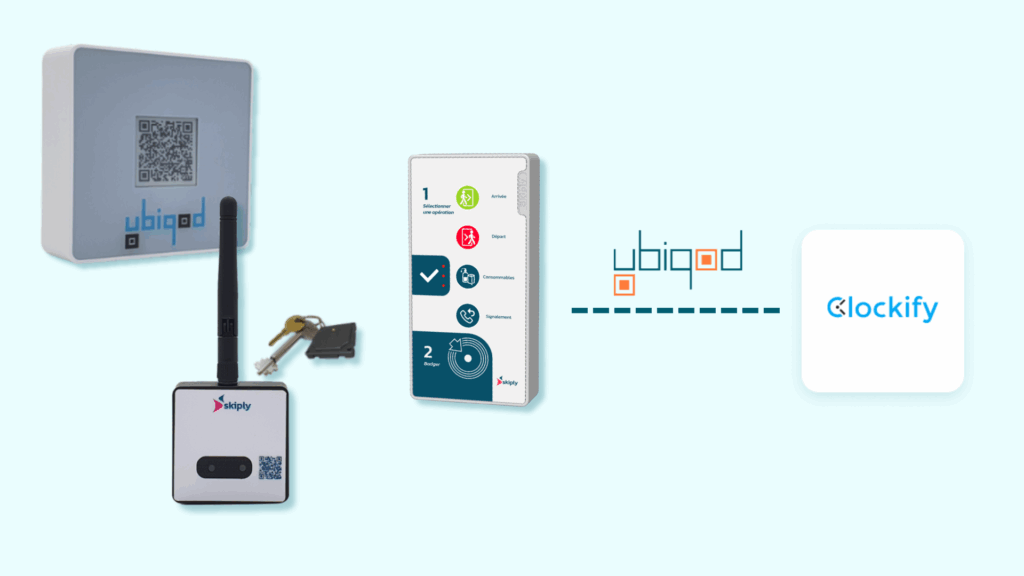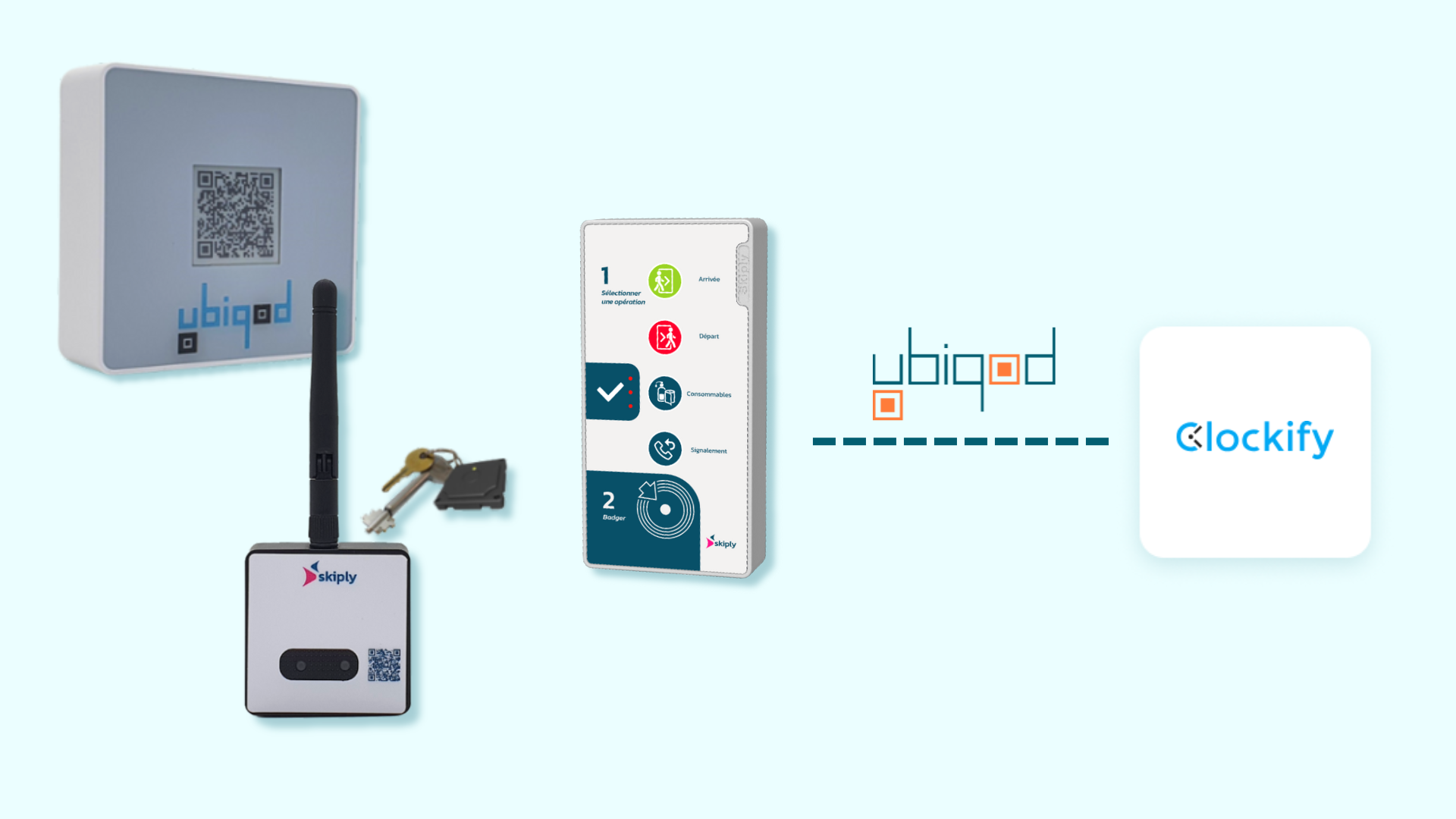
USB-C Revolutionizes, Lightning Stagnates: The Connector Clash
The tech world is a battlefield of innovation, where standards rise and fall, and the victors shape the future of how we interact with technology. One of the most significant ongoing battles revolves around the humble connector – the physical interface that allows our devices to communicate, charge, and transfer data. Specifically, the clash between USB-C and Apple’s proprietary Lightning port has become a defining narrative in this technological evolution. This article delves into the key differences, the implications for consumers, and the potential future of these connectors, ultimately highlighting why USB-C revolutionizes the industry while Lightning stagnates.
A Tale of Two Connectors
Before we dissect the specifics, it’s crucial to understand the players involved. USB-C (short for USB Type-C) is a universal standard developed by the USB Implementers Forum (USB-IF). It’s an open standard, meaning any manufacturer can adopt it without licensing fees. Lightning, on the other hand, is a proprietary connector developed and used exclusively by Apple. It debuted in 2012 and has been the standard for iPhones, iPads, and other Apple devices for over a decade.
The initial advantages of Lightning were clear. It was smaller and more durable than the older 30-pin connector it replaced. It also offered reversible connectivity, meaning users could plug the cable in either way. However, in a world of rapid technological advancement, these initial advantages have become less significant as USB-C revolutionizes the landscape.
The Superiority of USB-C: A Multifaceted Advantage
USB-C revolutionizes the connectivity landscape through its versatility and technological prowess. It’s not just a connector; it’s a conduit for a wide range of capabilities.
Speed and Power Delivery
One of the most significant advantages of USB-C is its superior data transfer speeds and power delivery capabilities. USB-C supports USB 3.1 and USB 3.2 standards, allowing for significantly faster data transfer rates compared to Lightning, which is limited by the underlying USB 2.0 or USB 3.0 standards. This translates to quicker file transfers, faster syncing, and the ability to connect to high-resolution displays.
Furthermore, USB-C supports USB Power Delivery (PD). This allows devices to charge much faster and deliver more power than Lightning. USB-PD enables laptops, tablets, and even some smartphones to charge at speeds previously unheard of, and can deliver up to 240W. Lightning, in contrast, is limited in its charging capabilities, often resulting in slower charging times, especially for larger devices.
Versatility and Standardization
The open nature of USB-C is perhaps its greatest strength. Because it’s a universal standard, it’s found on a vast array of devices, from smartphones and laptops to gaming consoles and external hard drives. This standardization simplifies the user experience significantly. You can use the same cable to charge your phone, your laptop, and even connect your phone to an external monitor. This level of interoperability is something that Lightning stagnates in comparison.
This standardization also benefits consumers financially. Because USB-C is widely adopted, the market for cables and accessories is highly competitive, resulting in lower prices and a wider selection of options. With Lightning, Apple controls the market, and accessories often carry a premium price tag.
Future-Proofing and Adaptability
USB-C revolutionizes the future of connectivity because it’s designed to evolve. The USB-IF continues to develop new specifications and features for USB-C, ensuring that it remains at the forefront of technological advancements. This includes support for even faster data transfer speeds, improved power delivery, and new functionalities like Thunderbolt, which utilizes the USB-C connector to provide incredibly high-speed data transfer and display capabilities.
Lightning, however, appears to be reaching its technological limits. While Apple has made incremental improvements over the years, the underlying architecture is fundamentally constrained. The lack of support for the latest USB standards and the limitations in power delivery make it less adaptable to the evolving needs of modern devices.
The Lightning Conundrum: Apple’s Perspective
Apple’s continued use of Lightning is rooted in several factors. Historically, it provided a competitive advantage by controlling the accessory ecosystem and ensuring a consistent user experience. The MFi (Made for iPhone/iPad) program allows Apple to vet and certify third-party accessories, guaranteeing quality and compatibility. This also generates revenue for Apple through licensing fees.
However, the advantages of Lightning are diminishing as USB-C gains prominence. The European Union’s mandate for a universal charging port on mobile devices, effective from late 2024, forces Apple to transition to USB-C in Europe. This is a pivotal moment that will likely accelerate the adoption of USB-C across all Apple products globally.
The Consumer Impact: Simplified Lives
The shift towards USB-C has a profound impact on the consumer experience. Here’s how:
- Reduced Cable Clutter: The ability to use a single cable for multiple devices eliminates the need for a drawer full of different charging cables and data transfer cables.
- Faster Charging: USB-C PD enables significantly faster charging, saving valuable time.
- Wider Accessory Availability: The open standard of USB-C ensures a vast selection of accessories at competitive prices.
- Future-Proofing: USB-C is designed to adapt to future technological advancements, ensuring your devices remain compatible for longer.
The dominance of USB-C revolutionizes the way we interact with our devices, making our lives easier and more efficient.
The Future: USB-C’s Ascendancy
The trajectory is clear. USB-C revolutionizes the connectivity landscape, and its dominance is all but assured. While Apple may continue to support Lightning for a limited time, the inevitable transition to USB-C is happening.
The benefits of USB-C are simply too compelling to ignore: superior speed, versatility, standardization, and future-proofing. As the EU mandate takes effect and Apple embraces USB-C across its product line, the era of Lightning will gradually fade. The connector clash is nearing its conclusion, with USB-C revolutionizing the world of tech one connection at a time.
The transition won’t be immediate. There will be a period of coexistence, but the advantages of USB-C are undeniable. Consumers will benefit from a more streamlined, efficient, and future-proof connectivity experience. The end result will be a more unified and user-friendly technological landscape.
The Environmental Angle
Beyond the convenience and technical advantages, the shift to USB-C also has positive environmental implications. By promoting standardization, USB-C reduces electronic waste. The ability to use the same cable for multiple devices minimizes the need for redundant chargers and cables, contributing to a more sustainable approach to technology.
Conclusion: The End of an Era
The battle of the connectors is a microcosm of the broader technological landscape. It highlights the importance of open standards, innovation, and the relentless pursuit of progress. While Lightning served its purpose and provided Apple with a competitive edge, the evolution of technology has rendered it obsolete. USB-C revolutionizes the industry, and with its superior performance, versatility, and future-proofing, is poised to become the dominant connector for years to come. The era of Lightning is coming to a close, and the future belongs to USB-C. The stagnation of Lightning is a clear indicator of the changing times.
[See also: Related Article Titles]


